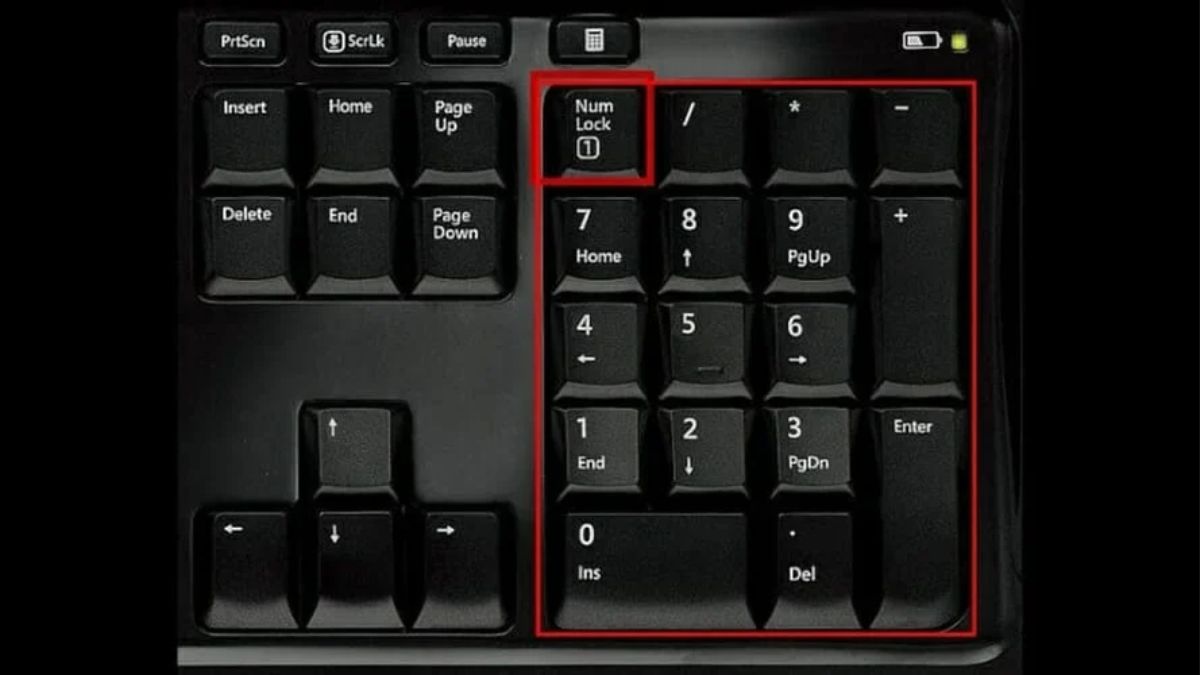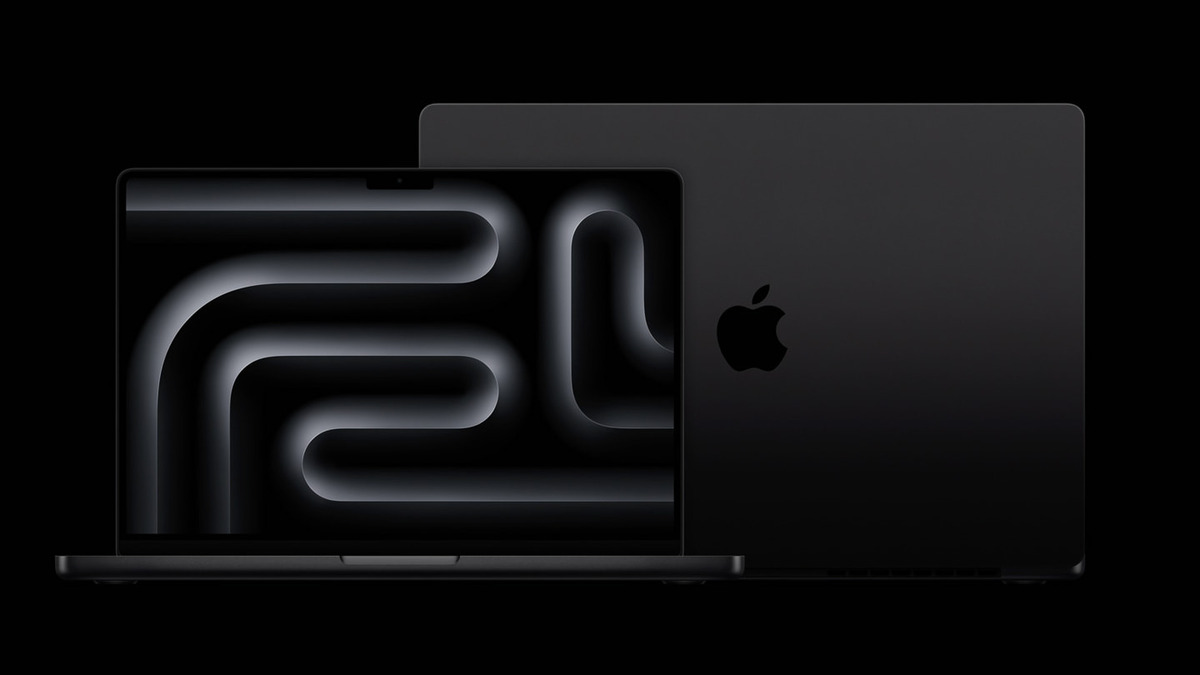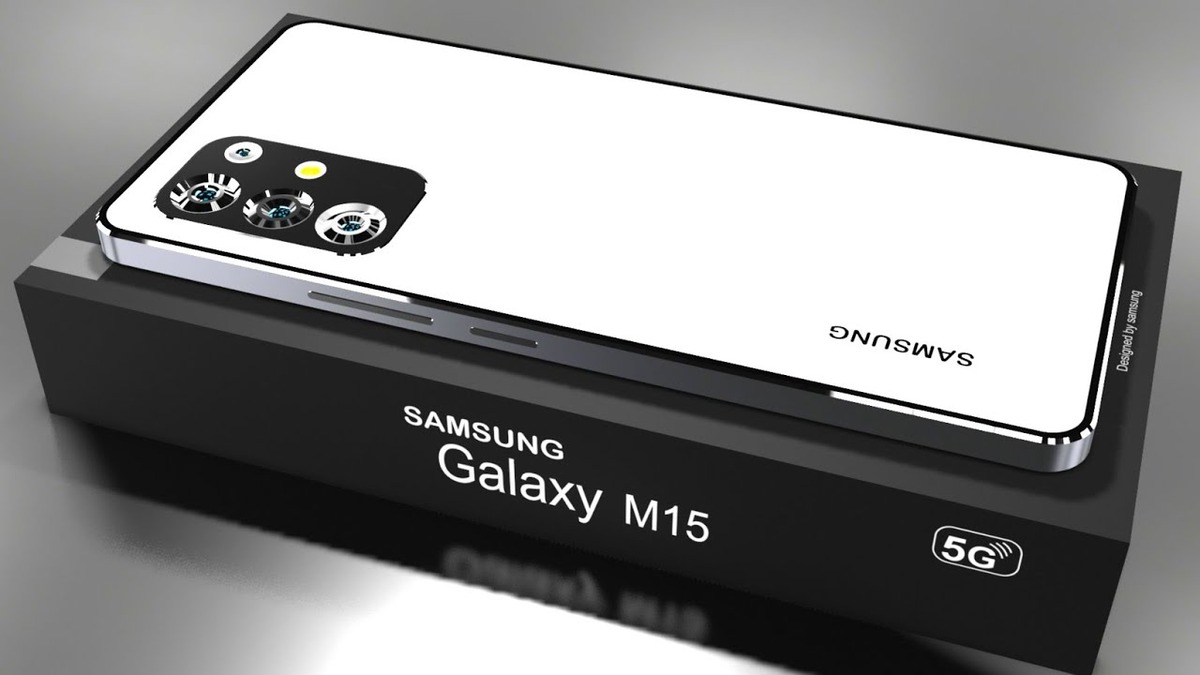In the ever-changing world of technology and retai...
news-extra-space

 Photo Credit: YouTube
Number pads are undoubtedly beneficial for many individuals, especially those who work with Excel or play PC games with custom bindings and macros, so I'm not suggesting they're evil or shouldn't exist. However, there is typically a cost associated with them: ergonomics.
There are a few simple things you can do to make working at a computer more comfortable and less physically taxing, such as sitting up straight in your chair, avoiding sitting too near to the monitor, keeping your hands at or below elbow level, etc. According to the Mayo Clinic, "proper office ergonomics — including correct chair height, adequate equipment spacing, and good desk posture — can help you and your joints stay comfortable at work."
Also Read: Using New Arm Cores, the Qualcomm Snapdragon 8 Gen 3 will have a quad-cluster CPU design
Additionally, pay attention to where your arms are placed. They should ideally be directly in front of you, but using a full-sized keyboard with number pads can make that much more challenging. The home cluster and number pad take up space on your right hand's mouse when you utilize it. That either entails moving the mouse further to the right or pushing the keyboard further to the left. Both alternatives cause your arms to rest at an awkward position as you use your computer, which might get painful after a while.
Photo Credit: YouTube
Number pads are undoubtedly beneficial for many individuals, especially those who work with Excel or play PC games with custom bindings and macros, so I'm not suggesting they're evil or shouldn't exist. However, there is typically a cost associated with them: ergonomics.
There are a few simple things you can do to make working at a computer more comfortable and less physically taxing, such as sitting up straight in your chair, avoiding sitting too near to the monitor, keeping your hands at or below elbow level, etc. According to the Mayo Clinic, "proper office ergonomics — including correct chair height, adequate equipment spacing, and good desk posture — can help you and your joints stay comfortable at work."
Also Read: Using New Arm Cores, the Qualcomm Snapdragon 8 Gen 3 will have a quad-cluster CPU design
Additionally, pay attention to where your arms are placed. They should ideally be directly in front of you, but using a full-sized keyboard with number pads can make that much more challenging. The home cluster and number pad take up space on your right hand's mouse when you utilize it. That either entails moving the mouse further to the right or pushing the keyboard further to the left. Both alternatives cause your arms to rest at an awkward position as you use your computer, which might get painful after a while.
Leave a Reply






